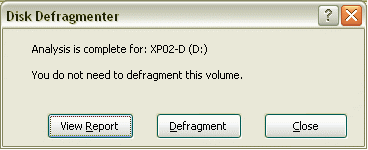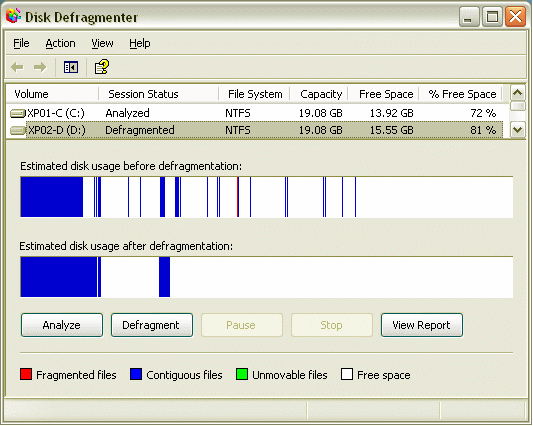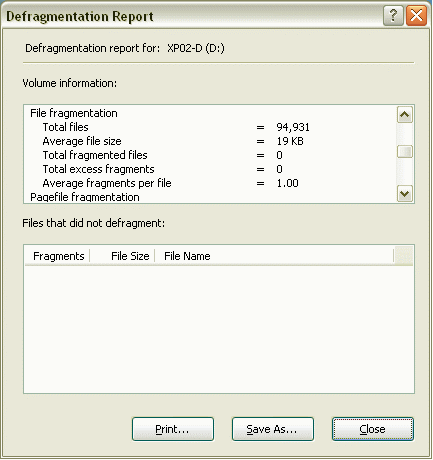Defragment Your Hard Drive
You are here
No matter how well you maintain your files and folders and perform regular cleanups, whenever your computer is in operation, files are constantly created, edited or deleted and when this happens, they get fragmented. What this means is no one file is stored in one place only but are scattered all over the hard disk in locations called sectors. Files are more often bigger than these sectors so they need a lot of sectors to be stored in. Overtime, the more these files get scattered all over the hard drive in sectors that are physically not together, the more time it takes to access them, which in turn reduces speed and reliability as the hard drive has to search out the data from more sectors. So, by defragmenting your hard drive, you reorganize the files and place them optimally on the hard drive for the quickest accessibility and speed.
To carry out this defragmentation tutorial, we shall be using Disk Defragmenter, which comes free with Microsoft Windows.
- To open Disk Defragmenter, click on Start > All Programs > Accessories > System Tools > Disk Defragmenter.
- When the Disk Defragmenter main window shows up, you will see a list of your hard drives at the top. Here, the estimate disk usage Before Defragmentation and After Defragmentation until you select a drive and click on ‘Analyze’.

Red lines denote fragmented files.
3. Following the analysis, a window will pop up. Here, you can click ‘View Report’, where you will see the estimated disk usage before defragmentation in a graphical representation. Red lines denote fragmented files and blue denotes files that are in proper order. Click on ‘Defragment’ to start the defragmentation process.

NOTE: You may see a recommendation following the analysis stating that you don’t need to defragment the drive. This is merely based on the percentage of fragmented files out of total files. As long as you see fragmented files are present (red lines) and feel that defragmentation will improve your computer’s performance, you can ignore it and go ahead with the process.


Once the defragmentation process is complete, click on ‘View Report’ to bring up the Defragmentation Report. Ideally, there should be no files under ‘Files that did not defragment’ to indicate a successful defragmentation.
Online activities result in a significant amount of temporary files to be created on the hard drive so if you’re online a lot, make sure you carry out frequent cleanup on your hard drive as well as keeping your antivirus and malware protection tools updated to cut down on the frequency of needed defragmentation. There’s no real need to defragment unless you feel there is a significant performance loss from fragmentation.
